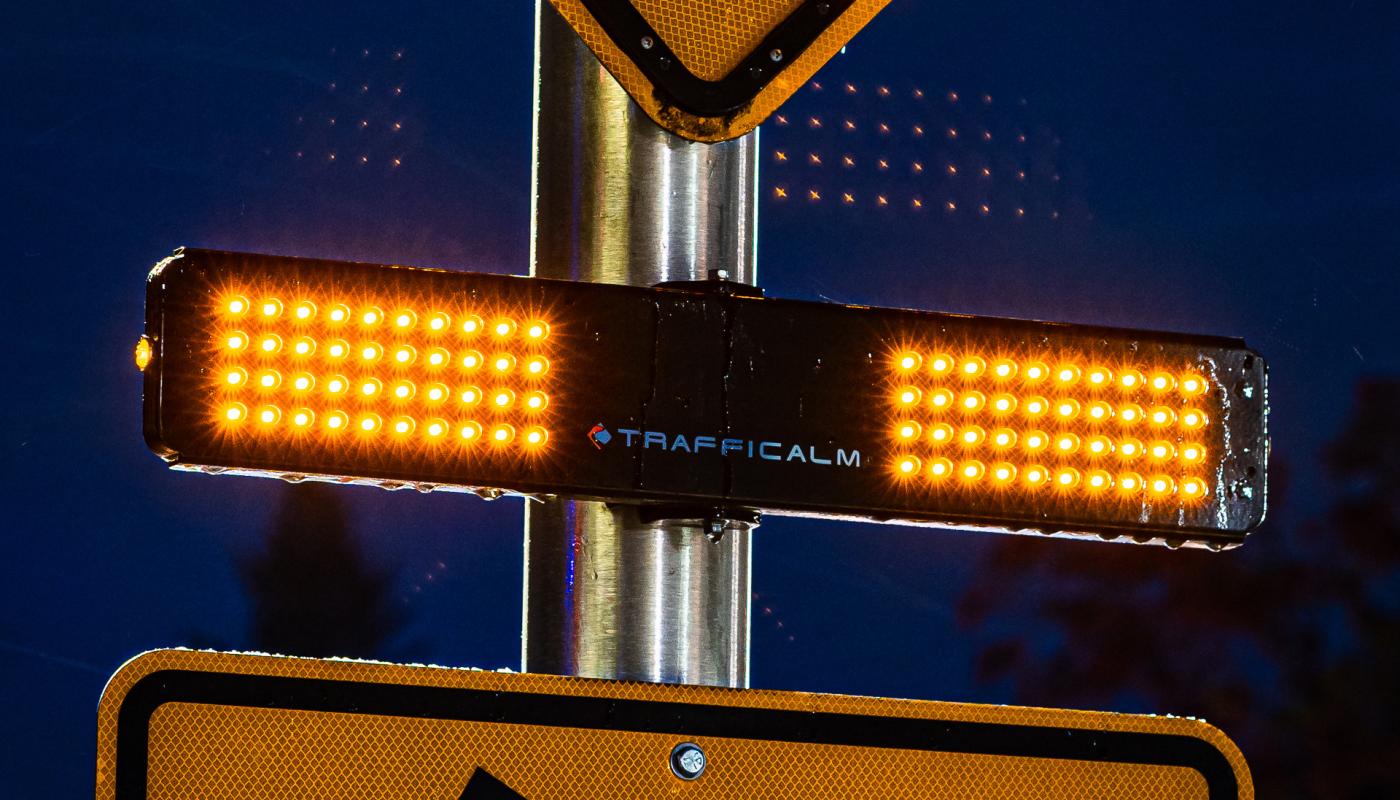Introduction:
Pedestrian safety is a paramount concern for transportation agencies, especially at uncontrolled, marked crosswalks where traditional signage may be insufficient. To address this issue, the Rectangular Rapid Flashing Beacon (RRFB) has emerged as a valuable tool to enhance pedestrian conspicuity and increase driver awareness.
Description of RRFB:
The RRFB is a pedestrian-activated system that complements pedestrian warning signs. It consists of two rectangular-shaped yellow indications, each equipped with a light-emitting diode (LED)-array-based light source. When activated, RRFBs flash with an alternating high frequency, significantly improving the visibility of pedestrians to drivers at crosswalks.
Applications:
The RRFB is versatile and applicable to various pedestrian crossings, particularly demonstrating efficacy at multilane crossings with speed limits below 40 miles per hour. Research indicates that RRFBs can achieve motorist yielding rates as high as 98 percent at marked crosswalks. The effectiveness, however, varies based on factors such as location, speed limit, pedestrian crossing distance, road configuration, and the number of travel lanes. RRFBs can also be strategically placed to accompany school or trail crossing warning signs.
Installation Considerations:
Agencies are advised to install RRFBs in the median rather than the far side of the roadway if a pedestrian refuge or other median type is present. The use of solar-power panels is recommended to eliminate the need for an external power source, promoting sustainability. However, it is crucial for agencies to exercise caution and avoid overusing RRFB treatments, as their effectiveness may diminish if employed indiscriminately.
Activation and Deactivation:
The flashing pattern of RRFBs can be activated through pushbuttons or passive methods such as video or infrared pedestrian detection. It is essential that RRFBs remain unlit when not activated to avoid confusion for drivers and pedestrians.
Restrictions and Guidelines:
To ensure proper usage and effectiveness, agencies are advised not to deploy RRFBs without the presence of a pedestrian, school, or trail crossing warning sign. Additionally, RRFBs should not be used for crosswalks across approaches controlled by YIELD signs, STOP signs, traffic control signals, or pedestrian hybrid beacons, except for the approach or egress from a roundabout.
Conclusion:
The RRFB stands out as a valuable solution to enhance pedestrian safety at uncontrolled crosswalks. Its proven effectiveness, coupled with careful consideration of installation guidelines, makes it a strategic choice for transportation agencies aiming to improve pedestrian visibility and driver awareness, ultimately contributing to safer road environments. For additional information, reference the Manual on Uniform Traffic Control Devices (MUTCD) and PEDSAFE: Pedestrian Safety Guide and Countermeasure Selection System.
